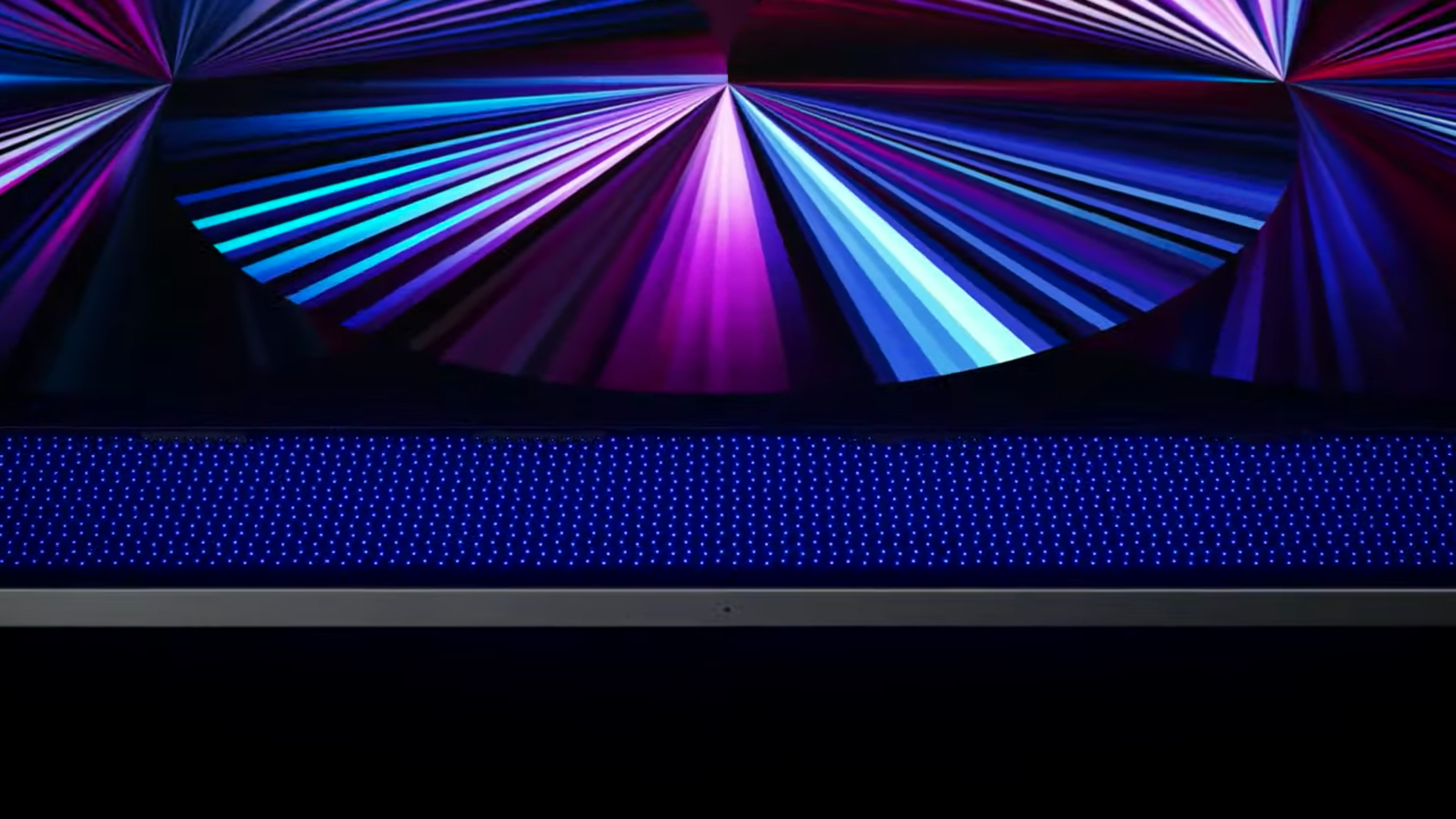

In 2021, only the iPad Pro has received an update in Apple's tablet range so far, and there hasn't been much word on what to expect for other models. However the latest rumour is that the iPad Air will get a new model in 2022 that uses an OLED screen instead of the LCD one it currently features.
That's according to The Elec (via 9to5Mac), which says that next year's iPad Air will feature a 10.86-inch OLED screen, and then potentially an OLED iPad Pro in 2023.
Now given that the iPad Pro tends to get all the most advanced features which then trickle down into the other versions, and given that OLED is generally considered to be the current peak of display tech, this seems like kind of the wrong way round. The mid-range model is getting the elite screen tech before the high-end one.
But I think it actually makes total sense, because of a combination of what kind of OLED tech Apple will likely use, and the fact that the iPad Pro is already using Mini-LED screens.
In my iPad Pro 12.9 (2021) review, I talked about how its screen is a level beyond what's available in any of the best tablets. That's because it uses over 10,000 tiny LEDs in its backlight to create a peak brightness of 1,600 nits for HDR movies, which is better than almost all of the best TVs can deliver (and better than any OLED TV), let alone tablets and laptops.
For comparison, even the iPhone 12 Pro's excellent OLED screen reaches 1,200 nits of brightness, so the iPad Pro gets a full 30% boost at its maximum. And the iPad Pro also features contrast that really isn't far off what OLED can do, because it uses 2,500 individual dimming zones in the backlight, so it can turn the brightness right down in a dark area that's next to a bright area.
This screen also runs at up to 120Hz with perfect colour accuracy and big contrast, which can be an issue with OLED screens.
Get all the latest news, reviews, deals and buying guides on gorgeous tech, home and active products from the T3 experts
Meanwhile, I think that Apple will make the iPad Air's OLED screen probably match what you get in the iPhone 12 now in terms of brightness and refresh rate, so it'll be 60Hz instead of fancy 120Hz, and it'll peak at 1,200 nits of brightness and hit 600 nits in normal use. This solves the only real gripe I had in my iPad Air (2020) review, so I'm excited about that, especially if it stays the same price.
The Elec report also says that Apple intends to use rigid OLED panels instead of flexible OLED panels to make this iPad Air screen, which reduces the price (it reportedly uses flexible panels in the iPhone because it makes it easier to keep the bezels thin).
So when you add all that up, it would mean that despite OLED's reputation as being the more 'premium' panel technology, Apple is keeping it mid-range and mid-priced, and would be letting the extra brightness and higher refresh rate of the iPad Pro mark it out as the 'pro' option.
If Apple is truly then thinking of adding OLED to the iPad Pro in 2023, perhaps it believes OLED brightness will be ready to match Mini-LED. We'll find out later, one way or another.

Matt is T3's former AV and Smart Home Editor (UK), master of all things audiovisual, overseeing our TV, speakers and headphones coverage. He also covered smart home products and large appliances, as well as our toys and games articles. He's can explain both what Dolby Vision IQ is and why the Lego you're building doesn't fit together the way the instructions say, so is truly invaluable. Matt has worked for tech publications for over 10 years, in print and online, including running T3's print magazine and launching its most recent redesign. He's also contributed to a huge number of tech and gaming titles over the years. Say hello if you see him roaming the halls at CES, IFA or Toy Fair. Matt now works for our sister title TechRadar.